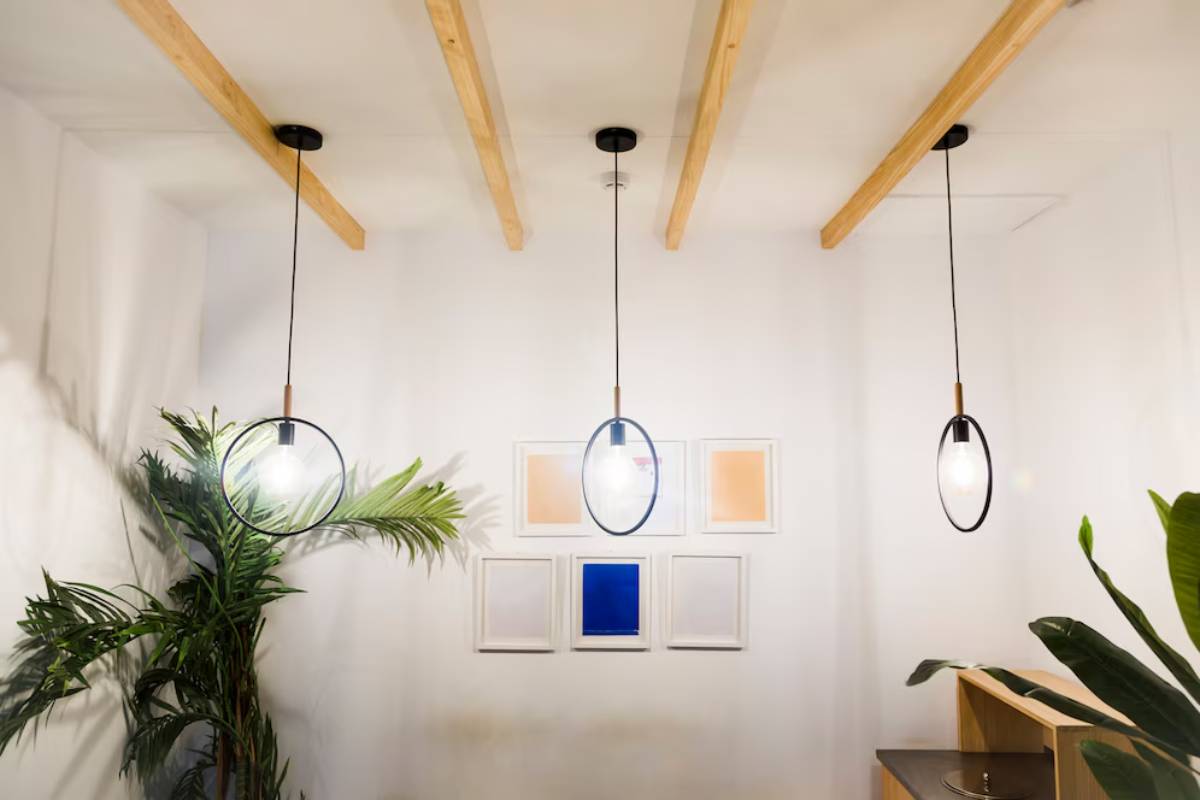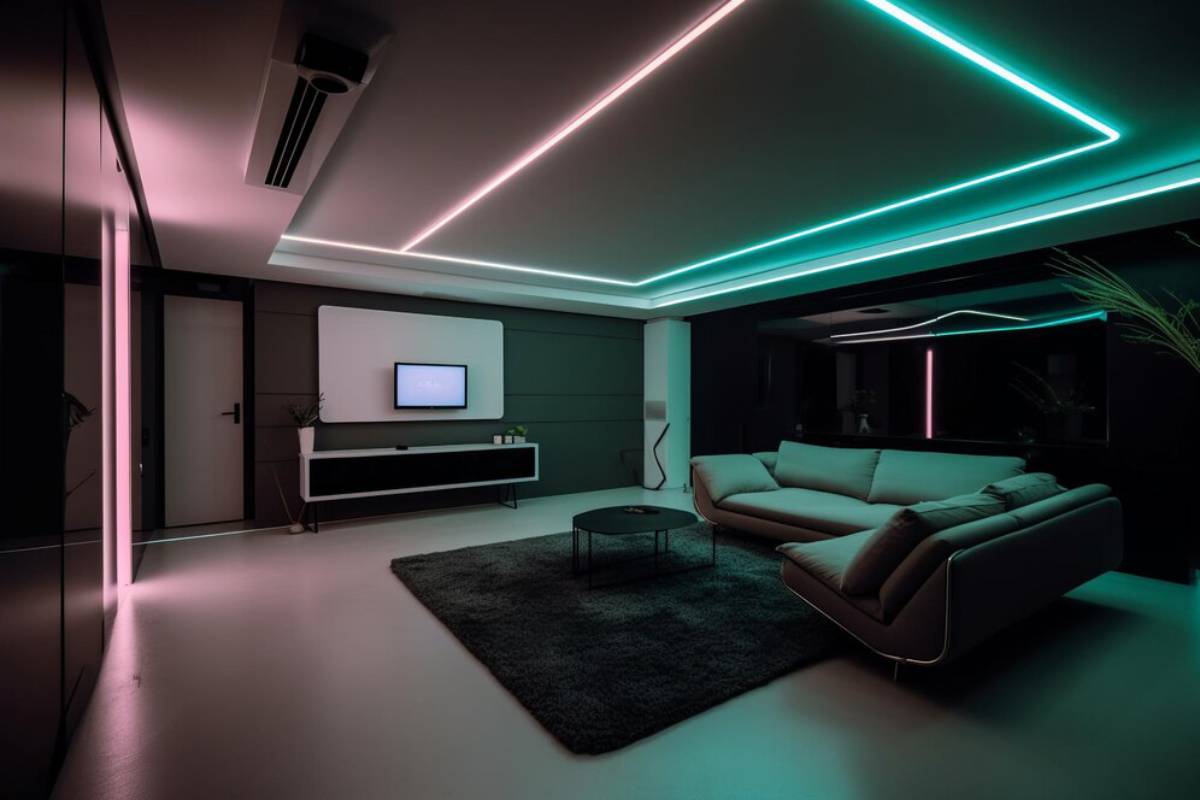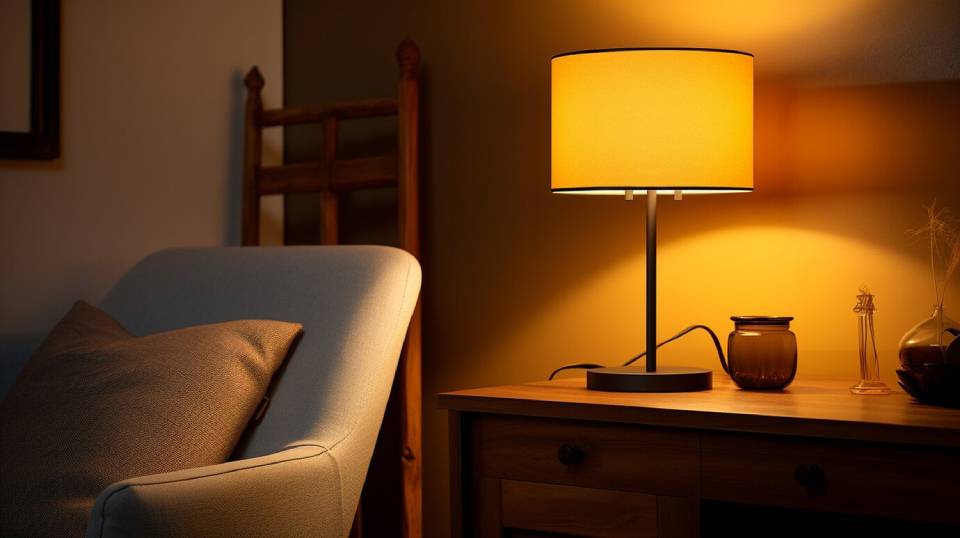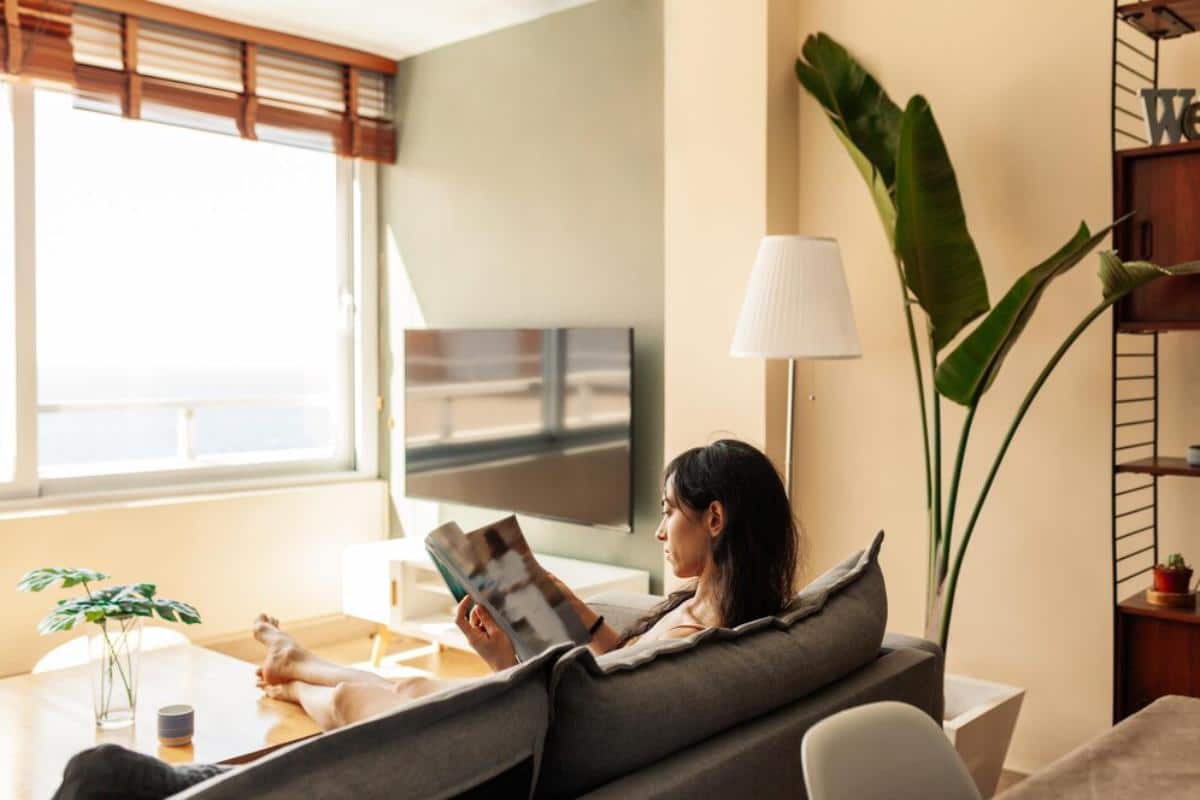
How to Maximise Natural Light with Smart Additions
Natural light isn’t just about aesthetics—it’s a source of wellbeing. It boosts your mood, reduces reliance on artificial lighting, and even supports better sleep cycles. Yet in many homes, especially urban flats or north-facing rooms, sunlight can feel like a rare luxury.
That’s where smart additions come in. With the right combination of smart window treatments, reflective design choices, and tech-driven enhancements, you can dramatically improve how much daylight your space enjoys.
This guide provides actionable steps, expert insight, and modern tools to help you maximise natural light in any room, without knocking down walls.
Understanding the Core: What Influences Natural Light Indoors?

The Science Behind Natural Light
Natural light, or daylighting, is the use of sunlight to illuminate indoor spaces. Its effectiveness depends on several factors:
- Room orientation (north-, south-, east-, west-facing)
- Window size and placement
- Surrounding buildings or obstructions
- Interior colours and surface finishes
According to the UK’s Chartered Institution of Building Services Engineers (CIBSE), good daylighting can reduce lighting energy consumption by up to 40%.
Pro Tip: Use dual-layer smart blinds with sheer and blackout options to balance natural light during the day and insulation at night.
Common Light-Limiting Factors
- Heavy curtains or old blinds
- Dark wall colours or matte surfaces
- Furniture blocking windows
- Bulky window frames
- Clutter or poor room layout
Important Tip: Don’t place large bookcases or wardrobes directly beside or in front of windows—they trap and absorb valuable light.
Quick Guide / Checklist: Natural Light Maximisation Essentials
Natural Light Boosting Checklist:
- Choose light, reflective wall and ceiling colours
- Install smart blinds or shades for flexible light control
- Use mirrors to reflect and distribute light
- Replace heavy curtains with sheer fabrics
- Opt for low-profile window frames
- Keep windows clean and unobstructed
- Incorporate glass or high-gloss furniture
- Position furniture to avoid blocking windows
- Use smart lighting to supplement naturally
Step-by-Step Guide: How to Practise Light Maximisation
Step 1: Audit Your Space
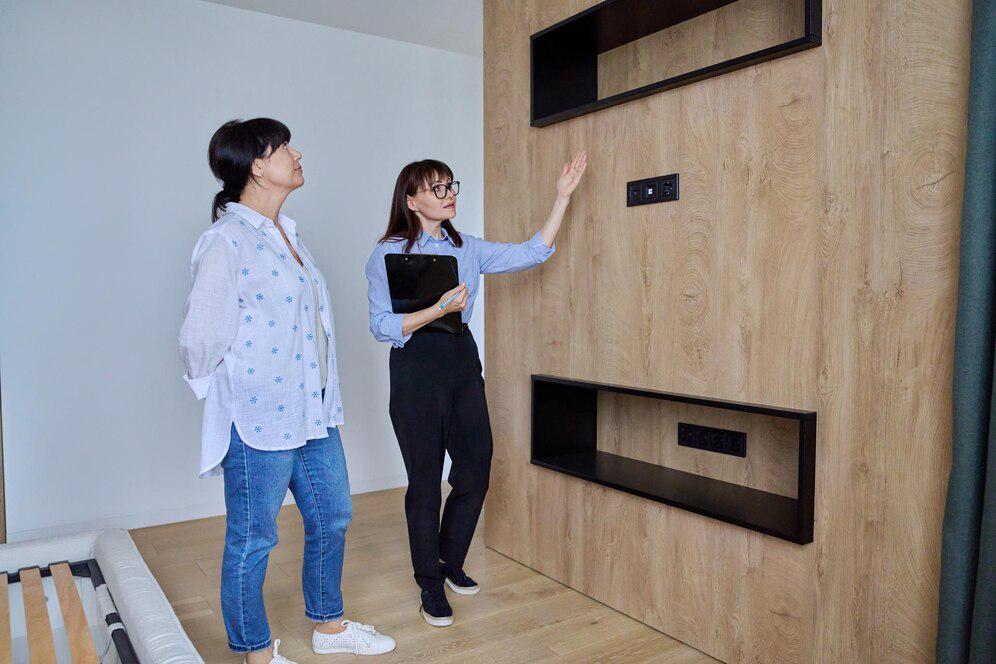
- Walk through your home during different times of the day
- Note which rooms feel dim or under-lit
- Identify any furniture, decor, or window treatments that block light
Tip: Use a free lux meter app to measure daylight levels.
Step 2: Upgrade to Smart Window Treatments
Invest in:
- Motorised blinds or shades: Adjust automatically based on time or sunlight
- Smart curtains: Pair with sensors to open with sunrise
- Voice-controlled systems: Compatible with Alexa, Google Assistant, or Apple HomeKit
Popular choices:
- Lutron Serena
- IKEA Fyrtur
- SwitchBot Smart Curtain
These systems allow maximum light control without compromising privacy or comfort.
Step 3: Reflect More Light with Mirrors and Gloss
- Place large mirrors opposite windows to bounce daylight around the room
- Use glossy paint on the ceilings
- Choose reflective materials for furniture (e.g., chrome, glass, acrylic)
Even a well-placed mirror behind a plant can double the brightness effect.
Step 4: Adjust Wall Colours and Textures
Use colours with high Light Reflectance Value (LRV):
- White or off-white
- Light greys
- Soft pastels
- Warm neutrals
Avoid:
- Matte black or charcoal
- Heavy wood panelling
- Highly textured dark fabrics
Expert Insight
Interior designer Claire M., based in Manchester, shares:
“Smart window tech lets you play with light in real-time—sunrise wake-ups, afternoon glare control, and mood-enhancing brightness all become effortless.”
Best Practices & Additional Insights
Layer Lighting Smartly
Use a blend of:
- Natural daylight
- Smart bulbs with tunable white settings
- Accent lighting (e.g., under-shelf LEDs)
Smart lighting can mimic daylight during grey days and transition with your daily rhythm.
Automate Based on Light Sensors
Use smart hubs or apps (e.g., Apple Home, SmartThings) to automate based on light levels:
- Open blinds when light drops below a set level
- Switch on smart bulbs gradually at dusk
Consider Skylight Alternatives
If renovations are possible, add:
- Light tubes (Sun Tunnels) to draw light through the roof
- Glass doors or internal windows between rooms
Even adding a frosted transom above a door can help light flow between spaces.
FAQs: Light-Enhancing Smart Design for the Home

Q1: Are smart blinds energy-efficient?
Yes. Automated blinds help regulate heat and light, reducing heating and cooling costs. Pairing with solar sensors improves this further.
Q2: What smart lighting colour is closest to natural daylight?
5000K–6500K (Cool White to Daylight White) mimics the brightness and clarity of natural sunlight.
Q3: How do I control smart blinds without a phone?
Most systems come with remote controls or voice assistant integration. Wall switches can also be installed for manual use.
Q4: Can smart additions work in rented properties?
Yes. Many smart blinds use non-invasive mounts. Portable smart lights and mirrors require no wiring and are easily removable.
Let the Light In—The Smart Way
You don’t need to renovate or relocate to enjoy more sunlight at home. By combining smart window treatments, thoughtful design, and simple habits, you can turn any space into a sunlit sanctuary.
Maximising natural light isn’t just a visual upgrade—it’s a boost to your health, productivity, and daily joy.
Ready to brighten your home?
Continue your smart home journey with:
How to Choose the Best Smart Bulbs for Small Rooms
How to Create a Personalised Sleep Routine for Better Rest
